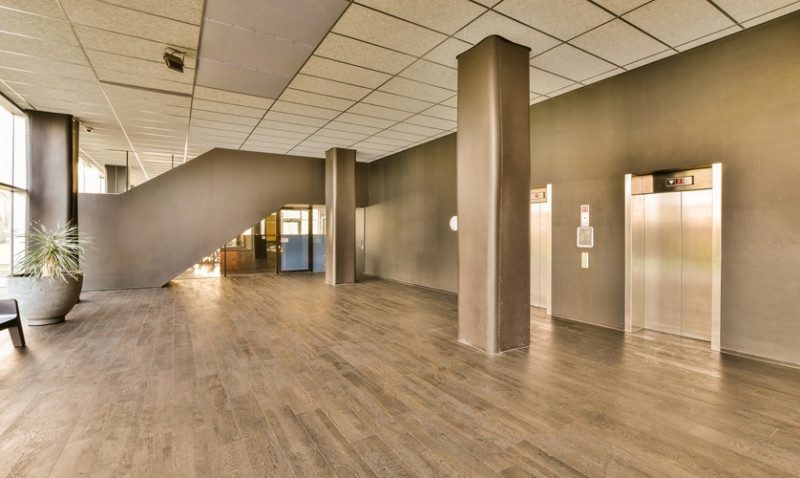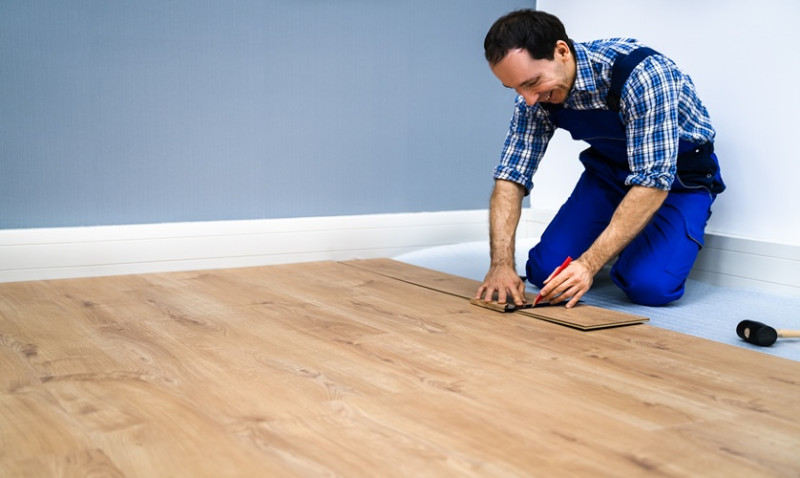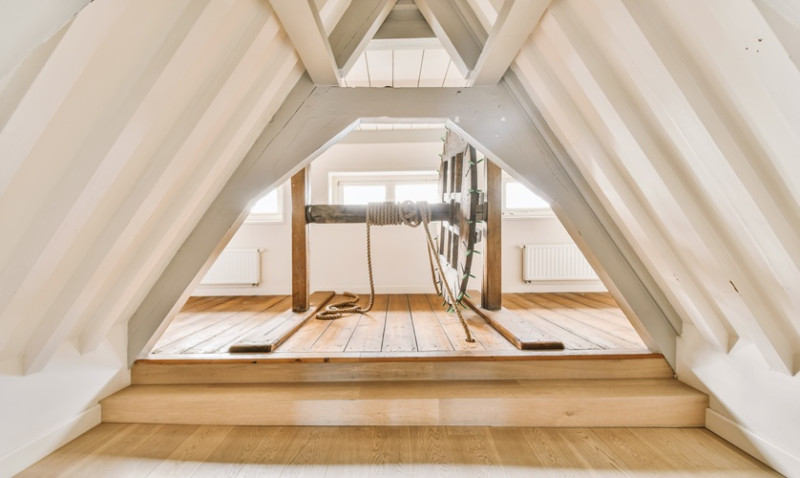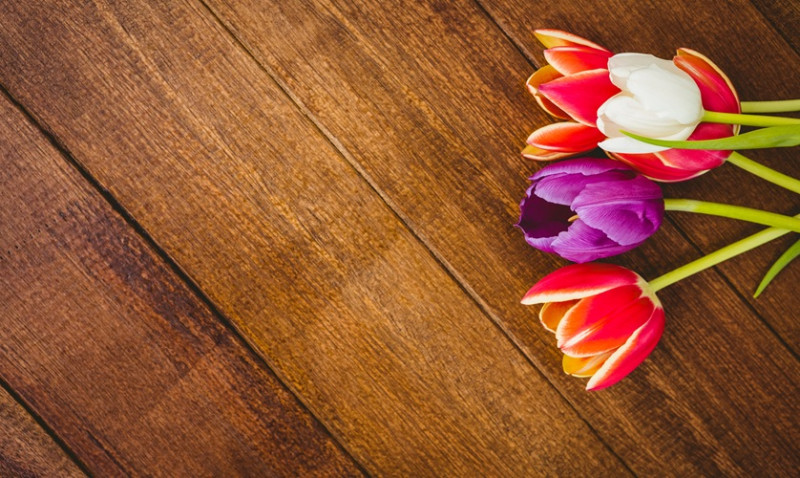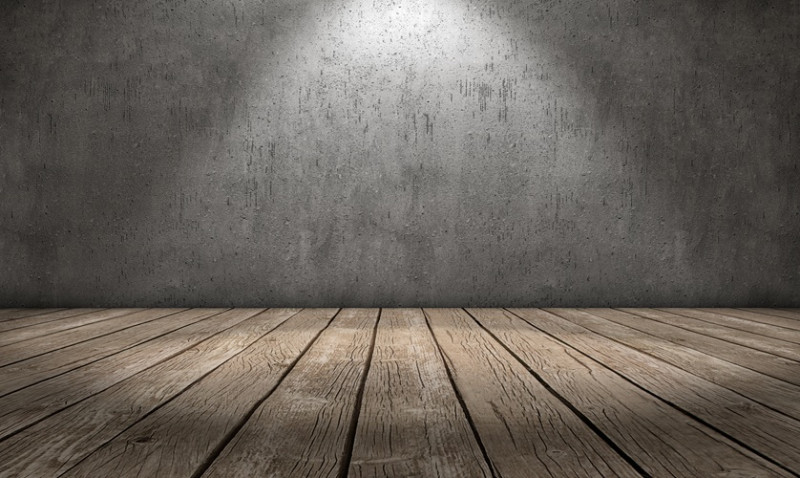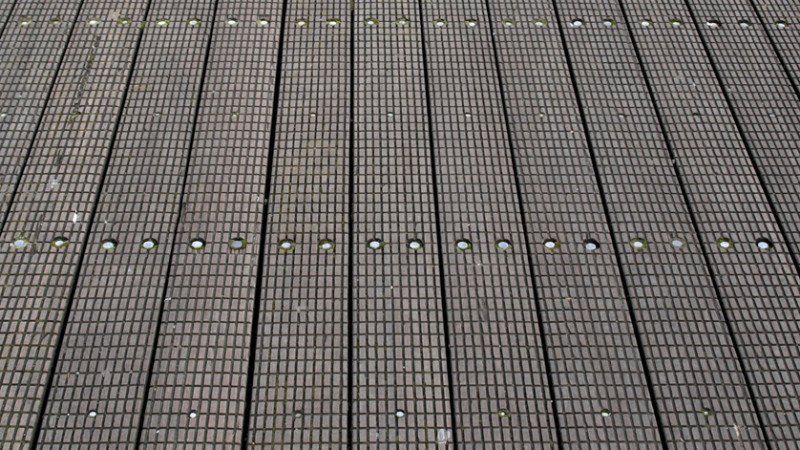
When choosing the perfect flooring for your home or project, scratch resistance is one of the most important factors to consider—especially for busy households, rental properties, and high-traffic commercial spaces. If you’re stuck choosing between engineered wood, LVT (luxury vinyl tile), and laminate flooring, understanding how each type stands up to everyday wear and tear can help you make a confident decision.
In this blog post, we’ll dive into a detailed scratch test comparison of these popular flooring choices. Whether you’re a DIY enthusiast upgrading your home, a young professional planning a stylish renovation, or a tradesperson sourcing durable floors for clients, this guide is tailored to help you make an informed decision based on real-world performance.
Understanding Scratch Resistance in Flooring
Scratch resistance refers to a flooring material’s ability to withstand surface damage caused by sharp or abrasive items—think dropped keys, pet claws, or furniture movement. For households with kids or pets, or for commercial premises with consistent footfall, scratch resistance becomes a key metric when deciding what flooring to lay down.
Different types of flooring are built using different materials and protective layers, which drastically affect how they handle scratches. A scratch-resistant floor helps maintain a clean, polished look over time, reduces the frequency of maintenance, and ensures your investment lasts longer.
Proper cleaning habits and protective pads can help reduce scratching, but inherently scratch-resistant flooring will still perform much better under pressure. Let's now look at how engineered wood, LVT, and laminate perform under the test of daily life.
What is a Scratch Test?
For our comparison, the scratch test involved applying light to moderate force using common household items like a key, a metal chair leg, and a pet claw simulator. Each flooring type was then evaluated based on visible marks, depth of damage, and overall durability appearance post-test.
We examined the materials both under natural lighting and with close-up magnification to assess how clearly the scratches showed after the test. This helps imitate real-life scenarios where you might not notice minor scratches until they catch the light at the wrong angle.
Our testing method follows the general methodology used in the industry, and though not officially certified, it offers a practical review for everyday homeowners, designers, and builders in the UK.
Engineered Wood Flooring: Natural Beauty, But Vulnerable?
Engineered wood flooring is made from a real hardwood veneer on top of a plywood base. One of its major draws is its natural appearance—it offers the beauty of solid wood but with added stability. But when it comes to scratches, the top layer's material truly matters.
In our scratch test, engineered wood showed moderate vulnerability. While light scratches weren’t immediately visible from a distance, deeper scratches from metal objects penetrated the top veneer visibly. This makes sense considering it's real wood—which, although sealed and finished, can still dent and mark relatively easily.
Most engineered wood floors come pre-finished with protective coatings like aluminium oxide or UV-cured acrylic, which helps improve their resistance. However, the surface still isn’t as tough as laminate or LVT flooring when faced with sharp-object stress.
On the plus side, minor scratches on engineered wood can often be sanded and refinished depending on the thickness of the veneer. So although it doesn’t earn top marks for scratch resistance, it may be the better investment long-term if you're after authenticity and repairability.
LVT Flooring: The Unexpected Heavyweight
LVT flooring, or luxury vinyl tile, is constructed of multiple layers of PVC vinyl and topped with a clear wear layer. This makes it exceptionally durable, moisture-resistant, and, in many cases, nearly impervious to minor scratches.
During our scratch test, LVT excelled at resisting markings from pet claws, keys, and furniture legs. Even under close inspection, most LVT products showed minimal to no visible scratching. The thick wear layer that protects the decorative film layer is key here—many LVT floors on the UK market feature a 0.3mm to 0.7mm wear layer, which can make all the difference in performance.
Additionally, most LVT products include polyurethane coatings that enhance their resistance to daily scuffs and scratches. This makes LVT a strong contender for homes with kids and pets, commercial settings, and high-traffic areas like hallways and kitchens.
One downside? While durable, LVT can't be refinished, so deep damage may require plank or tile replacement—but these are rare scenarios thanks to its robust protection layers.
Laminate Flooring: The Scratch-Resistant Budget Hero?
Laminate flooring is often criticised for lacking the authenticity of real wood, but when it comes to scratch resistance, it delivers impressive performance – often at a fraction of the cost.
Laminate is constructed from pressed wood and topped with a photographic image layer protected by a clear melamine resin. This topcoat is incredibly hard-wearing; in our scratch test, it resisted keys and claws without visible damage. Even metal chairs dragged across the surface left only the faintest markings, mainly due to the floor's hard compression surface and resin layering.
A good-quality laminate will carry an AC rating (Abrasion Criteria), which indicates its durability. Most domestic laminates in the UK range from AC3 to AC5—with AC4 and AC5 rated options offering excellent scratch resistance, especially for busy households or light commercial usage.
The catch? Unlike engineered wood, laminate can’t be refinished. But given its affordability and high scratch-resistance, it offers outstanding value as a low-maintenance flooring choice that still looks stylish in modern interiors.
Scratch Resistance Comparison Table
| Flooring Type | Scratch Resistance | Appearance After Test | Repair Options | Best For |
|---|---|---|---|---|
| Engineered Wood | Medium | Minor to medium scratches visible | Can be sanded and refinished (limited times) | Living rooms, bedrooms, design-focused spaces |
| LVT | High | Minimal to no visible damage | Replacement of individual tiles/planks only | Bathrooms, kitchens, pet-friendly homes |
| Laminate | High | Minimal visible damage | Cannot be refinished; single board replacement | Hallways, lounges, rental properties |
Key Takeaways for UK Homeowners and Tradespeople
Each flooring type has its pros and cons—there’s no universal winner, but rather a better choice depending on your individual lifestyle, design goals, and refurb budget.
If you're aiming for a premium, natural look and are prepared for occasional refinishing, engineered wood offers sophistication with acceptable scratch protection. It's ideal for adult-only households or low-traffic areas where style is key.
For unbeatable scratch resistance and water-proofing, LVT stands out. It’s modern, resilient, and designed for active households and commercial use. It’s also an easy favourite for UK homeowners seeking low-maintenance living.
Laminate is the unsung hero—affordable, scratch-resistant, and stylish. It’s perfect for landlords, first-time buyers, families on a budget, and anyone needing quick-turnaround renovations without sacrificing quality.
Conclusion: Match the Floor to Your Needs
Before settling on engineered wood, LVT, or laminate, consider how much traffic your space will get, how hard your furniture and fixtures are on floors, and whether pets or kids will be part of the everyday equation. Scratch tests like the ones we've performed show real-life durability—not just marketing promises.
Still undecided? Visit a showroom or order free samples to test the surface toughness yourself. Scuff them with your keys or shoes—see how they handle a little pressure. In the end, the best flooring choice is one that balances beauty, durability, and practicality based on how you live and work in your space.
Need help choosing the right scratch-resistant flooring for your property? Get in touch with our expert team for trusted advice, samples, and quotes tailored to your project. We help UK homeowners, designers, and contractors find stunning solutions that stand up to life.
